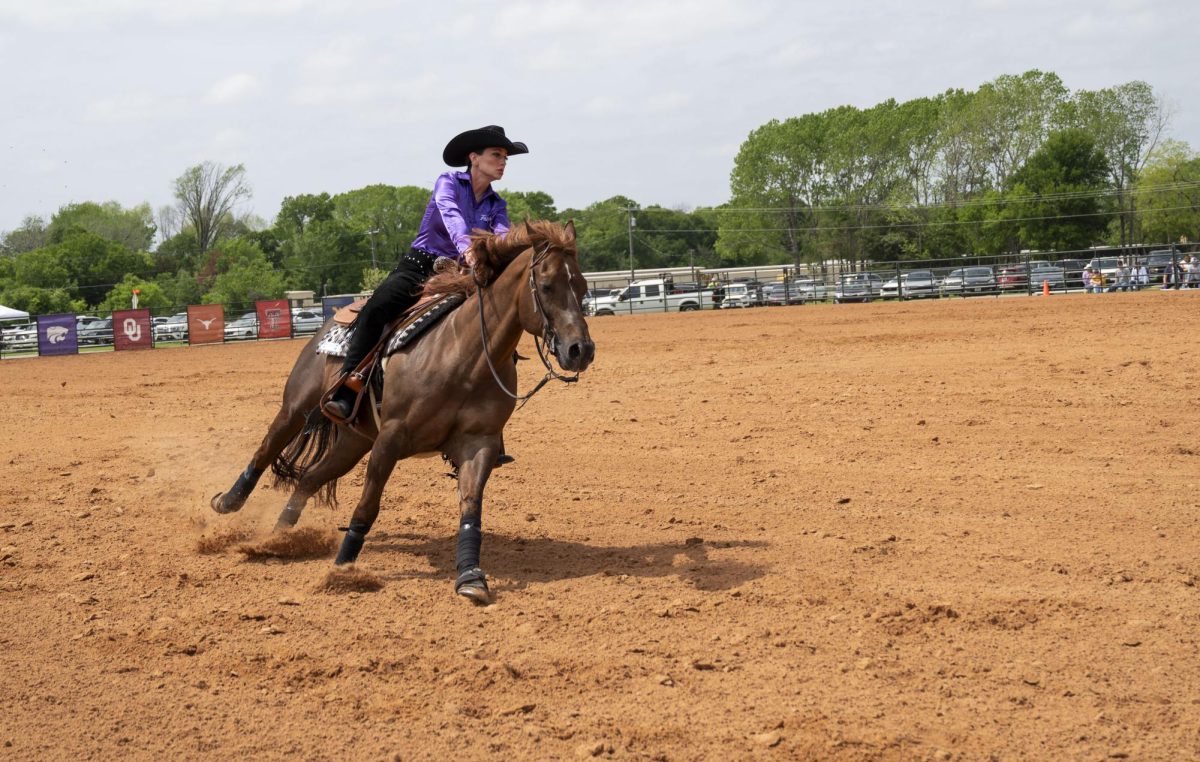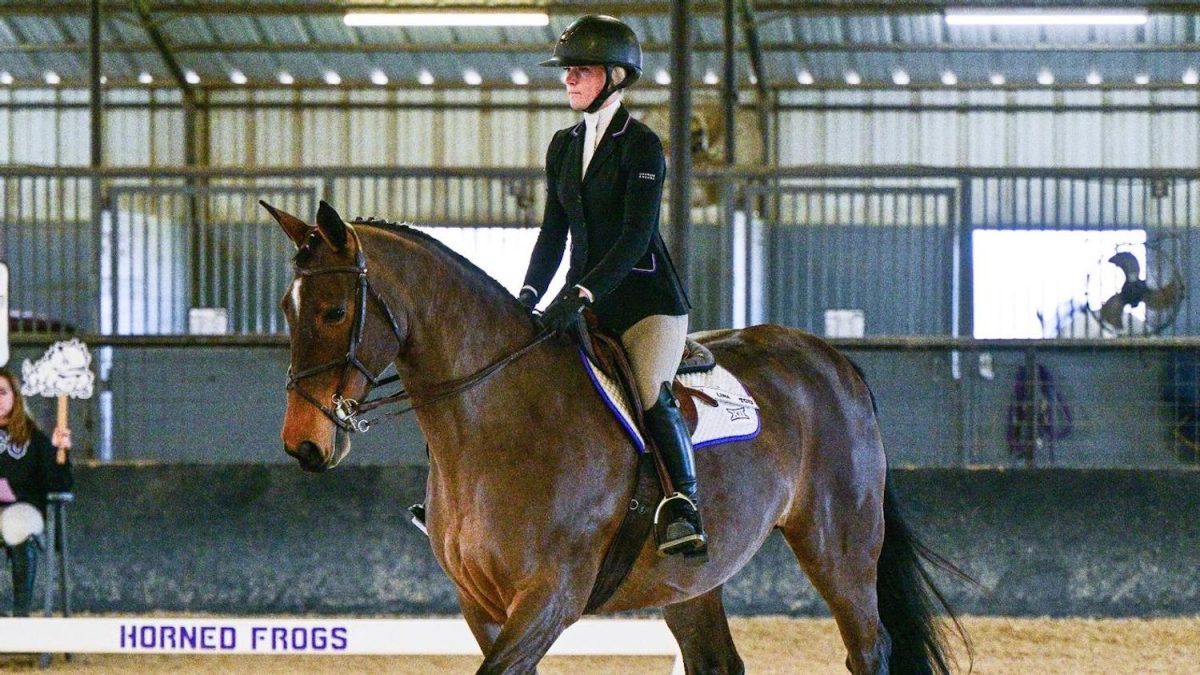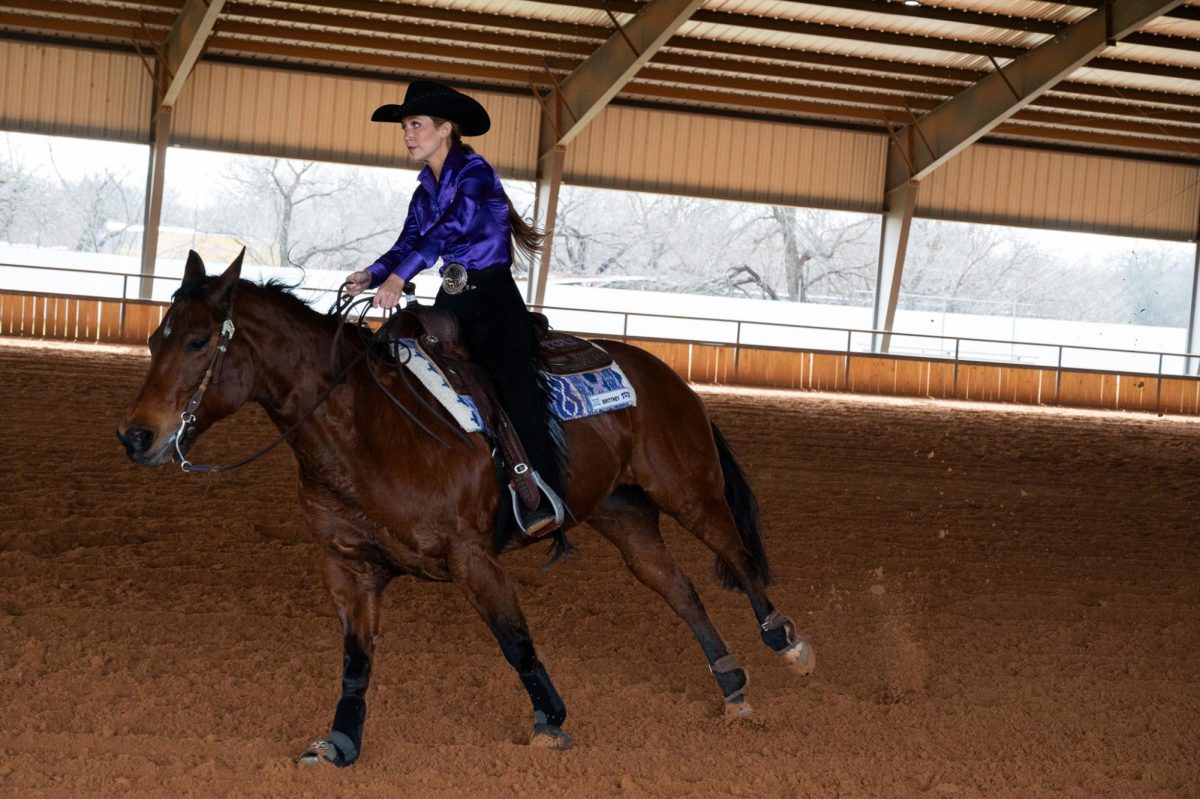When new fans attend equestrian events, it may take time for them to fully comprehend all that occurs during hunt seat competitions.
Having a trained eye for a performers attention to detail helps judges evaluate and score individual rides. But, for those still achieving an understanding of equitation, a knowledge of the discipline’s history may lead to a greater appreciation.
The term equitation describes the art of an athlete’s position during his or her ride. The discipline evolved from the European sport of fox hunting when hunters became interested in how men were holding themselves on their horses.
The United States first incorporated horsemanship in military training programs. The Cavalry School at Fort Riley instructed its soldiers on how to hold their positions in battle and how to fight properly while controlling the horse underneath them.
Now, hunt seat events include equitation on the flat and equitation over fences. During the flat, riders perform patterns walking, trotting and cantering their horse in front of a panel of judges. For over fence events, athletes complete patterns involving six or more jumps over fences spread throughout the arena.
Judges score athletes from 1 to 100 on proper attire, equipment and most importantly, the position held on the horse throughout the pattern. Excellent rides include precise movements without performance faults such as a shift in hand placement or pinched in shoulders.
The TCU equestrian team (5-6, 2-4 Big 12) has 10 athletes whom participate as hunt seat competitors. Eight of the 10 have received at least one Most Outstanding Player (MOP) honor during a competition in 2014-2015. Kari Hancock leads the team in MOPs, earning five over the 11 meets she has competed this season.
Hancock also earned a team-high of eight points for TCU on the flat this season. Hunt seat senior Kaitlin Perry leads the Horned Frogs with wins on equitation over fences by earning seven points in various meets.
Perry said the most important thing for an athlete to do when performing is to find a common ground with the specific horse in order to determine the kind of ride it needs to execute.
“It’s all about feel,” Perry said. “I have to see how much I can get out of them. You can tell if [riders] know what is happening under them.”
Hunt seat head coach Logan Florentino said TCU’s program is full of smart riders that are effective in their practicing. Because athletes do not know what horse they will be riding on the day of the meet, Florentino said TCU riders practice on different horses each day.
Florentino said this change gives her women the opportunity to simulate how to warm up and connect with horses quickly, like they have to do before they show.
“They do a great job with the horse they are on that day,” Florentino said. “They have a plan going in and try to execute it. They have a sense of confidence throughout their rides which the judges and the horses respect.”
Florentino said those who do not have as much experience watching equitation are still able to tell when an athlete performs a successful ride.
“Good rides hold your attention and make you want to watch more,” Florentino said. “They look effortless, look seamless and look smooth.”
Perry said she has learned to stop thinking about position while riding. Instead, she thinks about the connection she has with the horse.
“My position has been instilled through my training,” Perry said. “All I focus on is flatting out on my pattern. I’m really just focused on my feel of the horse.”
Equestrian Director Haley Schoolfield said she has seen her hunt seat athletes mature through their time competing and they are developing into a stronger team.
“We are leaps and bounds ahead of where we were last year,” Schoolfield said earlier this season.
Perry, with a winning percentage of 42 percent over the fences and 45 percent on the flat from 2013-2014, has performed in every meet this season and increased her winning percentages to 63.6 percent. Hancock jumped from competing in five meets winning at a 60 percent rate to competing in every meet this season has a 72.7 percent so far.
The Horned Frogs proved they practice discipline in more than just their competitions with nine student athletes named to the 2015 Academic All-Big 12 Equestrian Team.
Perry and Hancock are hunt seat competitors, but they also try to maintain a steady performance in the classroom. Perry was named a member on the second Big 12 All Academic Team for holding between a 3.0-3.19 GPA, while Hancock was named first team for keeping her cumulative grade point over a 3.19. Hancock was specifically honored for being one of four student athletes in the conference to maintain a 4.0.
Florentino said TCU focuses on practicing repetition when they are preparing for meets. With the Big 12 Competition hosted in Springtown this weekend, Florentino said her athletes are spending more attention on the small details involved in their rides.
“Perfect practice makes rides perfect,” Florentino said.






